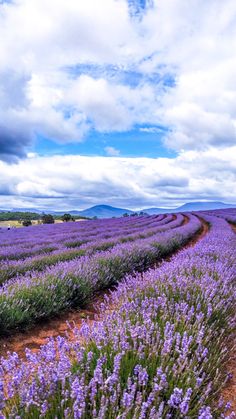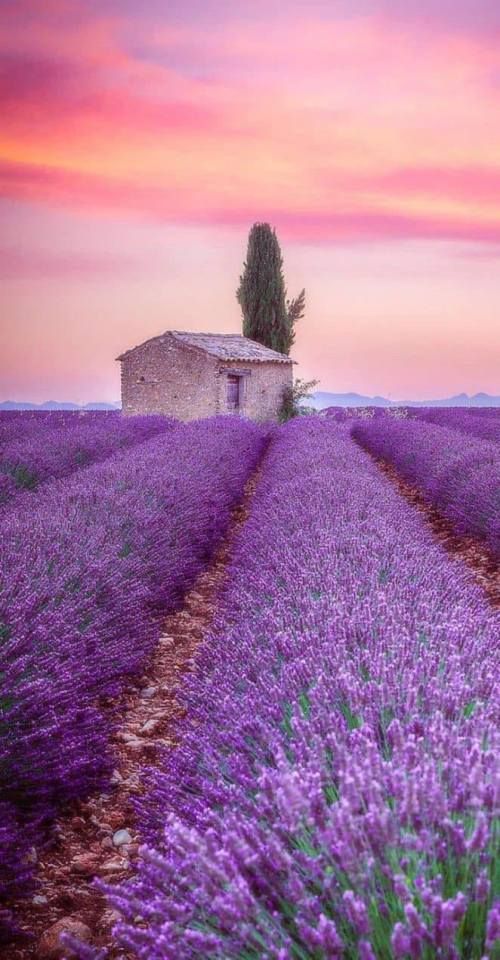Lavender is an exceptional perennial flower that serves as a magnet for butterflies, bees, and other pollinators, making it a valuable addition to any garden. Originating from the Mediterranean, Lavender is now cultivated and cherished worldwide. Whether grown alongside your herb garden, in a perennial flower bed, or in containers, its enchanting fragrance will delight you. Here’s our comprehensive guide to growing Lavender plants, ensuring you enjoy their beauty and usefulness to the fullest.
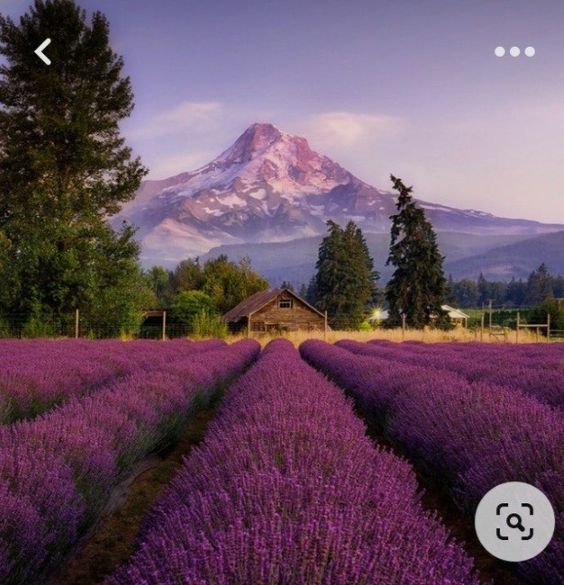
When and Where to Plant Lavender
Light: Lavender thrives in full sun, requiring well-drained soil to reach its full potential. In hot summer climates, a bit of afternoon shade can aid its growth.
Soil: Lavender prefers low to moderately-fertile soils, so avoid amending the soil with organic matter before planting. The plant performs best in neutral to slightly alkaline soils. To achieve a soil pH of around 7.0, consider adding lime, and it’s always wise to conduct a simple soil test for the best results.
Spacing: Depending on the variety, space Lavender plants 1 to 3 feet apart.
Planting Time: In regions colder than Zone 6 (Zone 6-1), it is advisable to plant Lavender in spring or early summer. For areas warmer than Zone 6 (7-10), opt for early fall planting, allowing the roots to establish during the cool, moist winter weather.
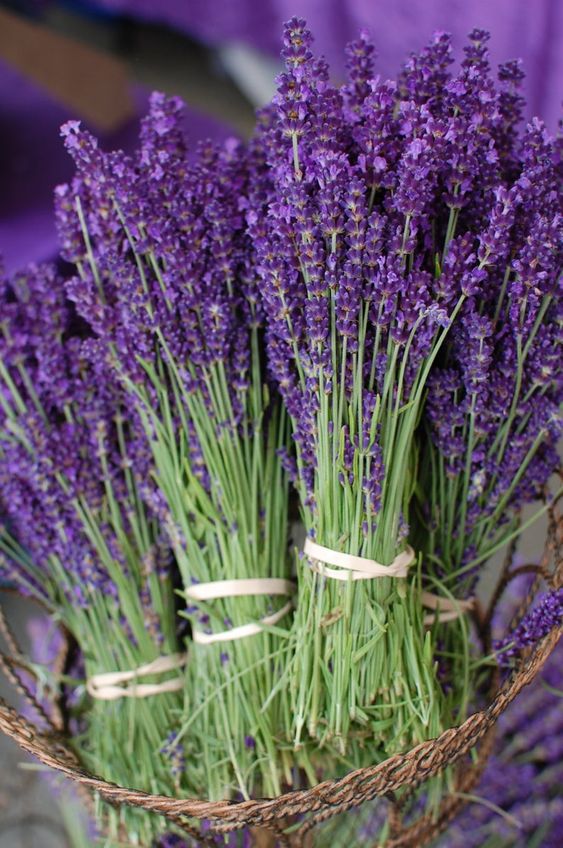
How to Plant Lavender: Step-By-Step Instructions
- Select Healthy Plants: Begin with healthy Lavender plants that have well-developed root systems.
- Prepare the Planting Hole: Make a hole that is twice as deep and twice as wide as the root ball of your Lavender plant. For multiple plantings, you can amend the soil for each hole or amend the entire bed before planting. In containers, create a well-draining soil mix by combining gravel or sand with soil.
- Handle the Roots: If the roots are clinging to the sides of the pot, gently loosen them to encourage outward growth.
- Planting the Lavender: Position the Lavender with the top of the root ball level with the soil line. Fill the hole with soil and firmly press it around the plant.
- Watering the Plant: Water the plant to settle the soil and eliminate any air pockets. In the following weeks, only water your Lavender if both the plant and the overall garden conditions are excessively dry. Remember, Lavender thrives in fast-draining soil and dislikes “wet feet” or standing water, as it can lead to root rot.
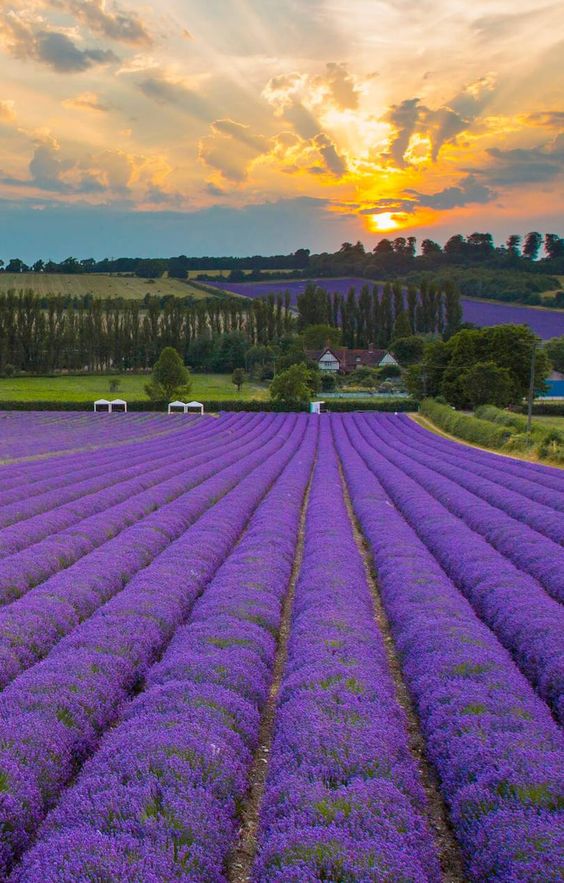
Caring for Lavender Plants
Pruning: Regular pruning is essential for Lavender plants to maintain their shape and promote bushier growth. Prune after flowering, cutting back the flower stems and removing any dead or diseased growth.
Fertilization: Lavender does not require heavy feeding. Applying a low-nitrogen, balanced fertilizer sparingly in the spring can enhance growth.
Mulching: Use a layer of mulch around the base of the plant to retain moisture and suppress weed growth. Be sure to avoid piling the mulch directly against the plant’s stem.
Winter Protection: In colder regions, protecting Lavender from harsh winter conditions is crucial. Apply a layer of mulch around the base of the plant to insulate the roots.
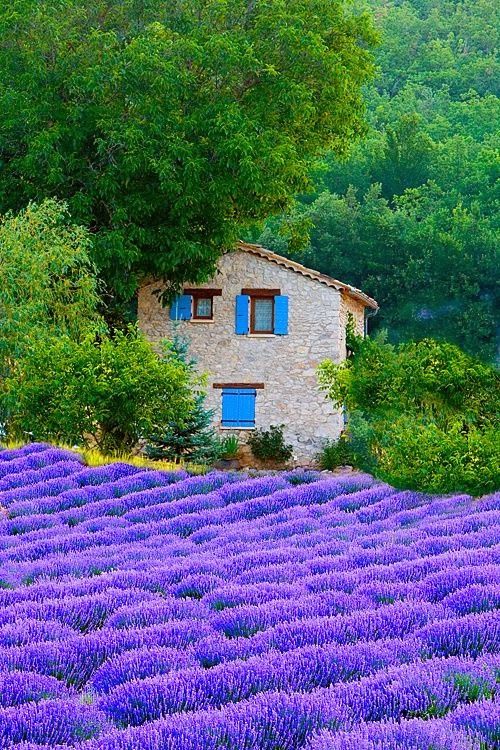
Harvesting Lavender
Harvest Lavender flowers just as they begin to open fully. Cut the flower stems above the leaves, leaving some foliage on the plant to support future growth.
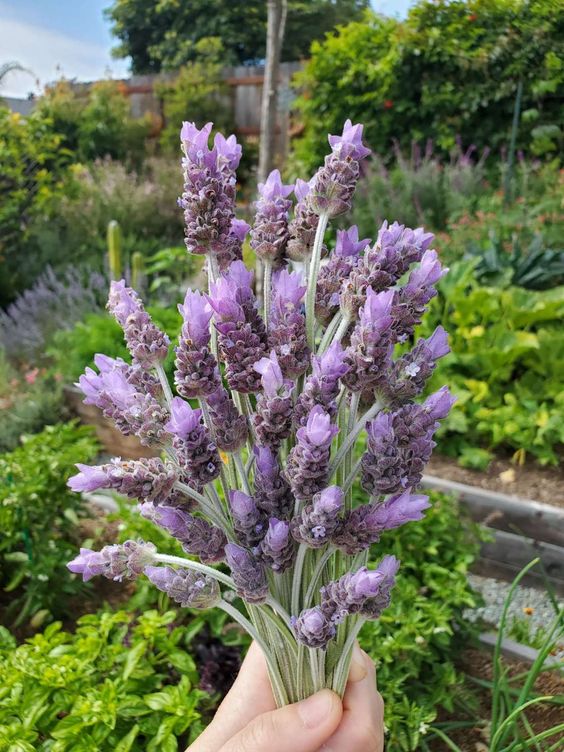
Conclusion
With proper care and attention, growing Lavender can be a rewarding experience, bringing beauty, fragrance, and pollinators to your garden. Remember to provide adequate sunlight, well-drained soil, and mindful watering to ensure your Lavender thrives. Follow these steps, and you’ll be rewarded with a thriving Lavender oasis in your outdoor space.
